Reports suggest they’ll have little freedom and meagre compensation, amounting to modern slavery.
Others are reading now
Reports suggest they’ll have little freedom and meagre compensation, amounting to modern slavery.
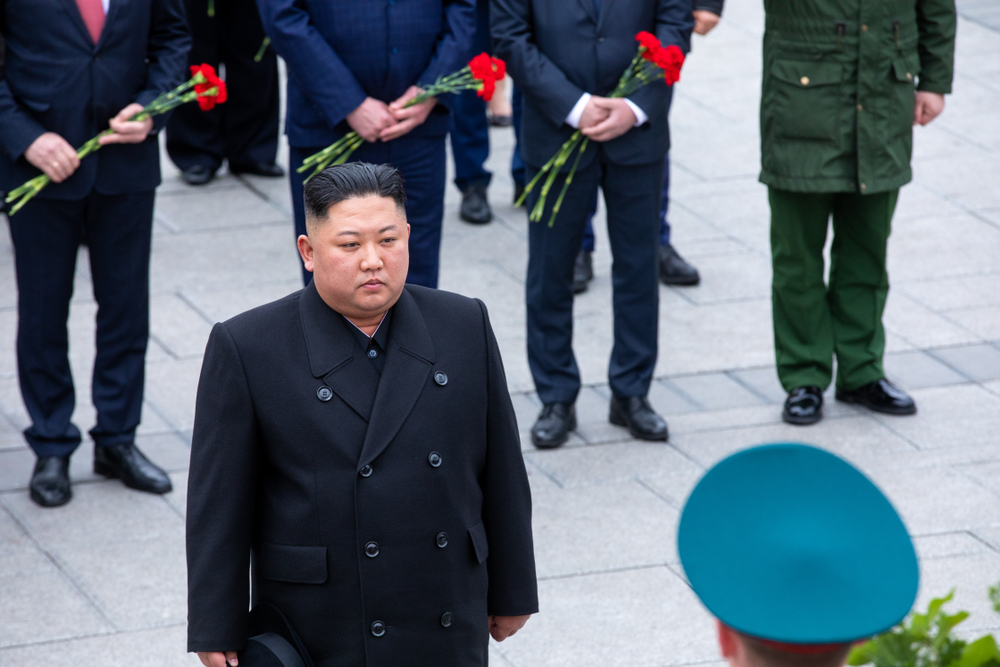
In a move that has stunned international observers, North Korean leader Kim Jong-un has reportedly sent 15,000 laborers to Russia.
The men are intended to support Vladimir Putin’s struggling workforce, as Russia continues to suffer manpower shortages due to its protracted war in Ukraine.
Russia’s Labour Crisis Deepens
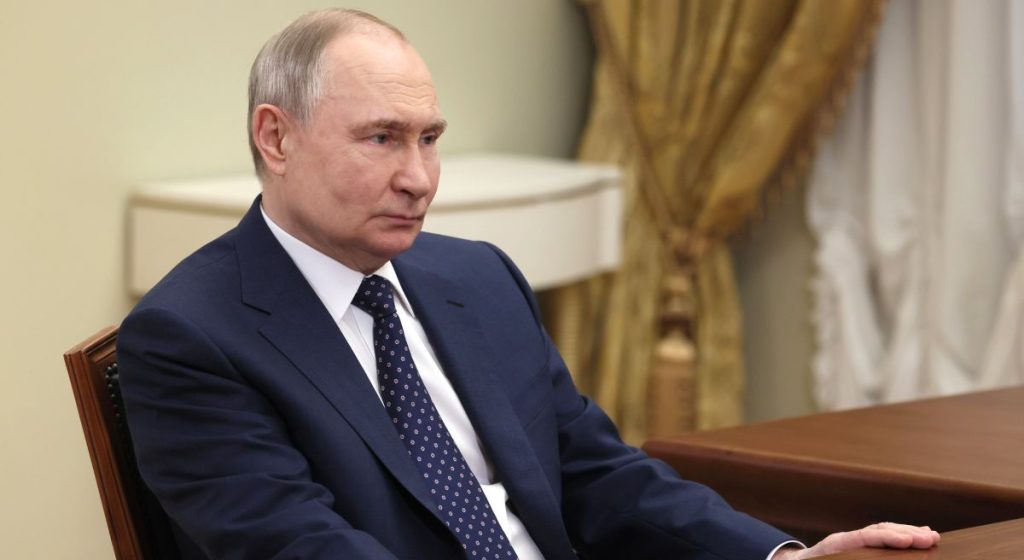
Years of declining birth rates and an ongoing war that has killed or injured hundreds of thousands of Russian men have left Putin’s industrial base severely weakened.
Also read
With factories and infrastructure under pressure, the Kremlin is turning to unlikely sources for help—including North Korea.
Why Putin Needs North Korean Workers
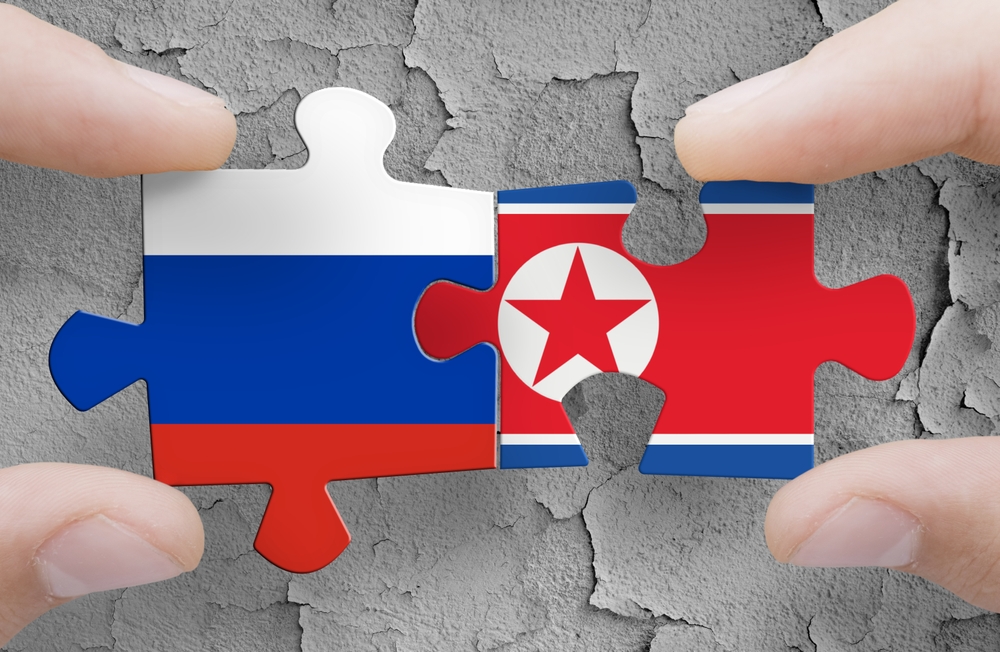
With military conscription draining Russia’s pool of able-bodied men, industries across the country are facing a severe staffing crisis.
The North Korean workers, expected to be paid little and endure grueling conditions, will likely fill roles that domestic workers are either unwilling or unavailable to take.
Conditions Expected to Be Brutal
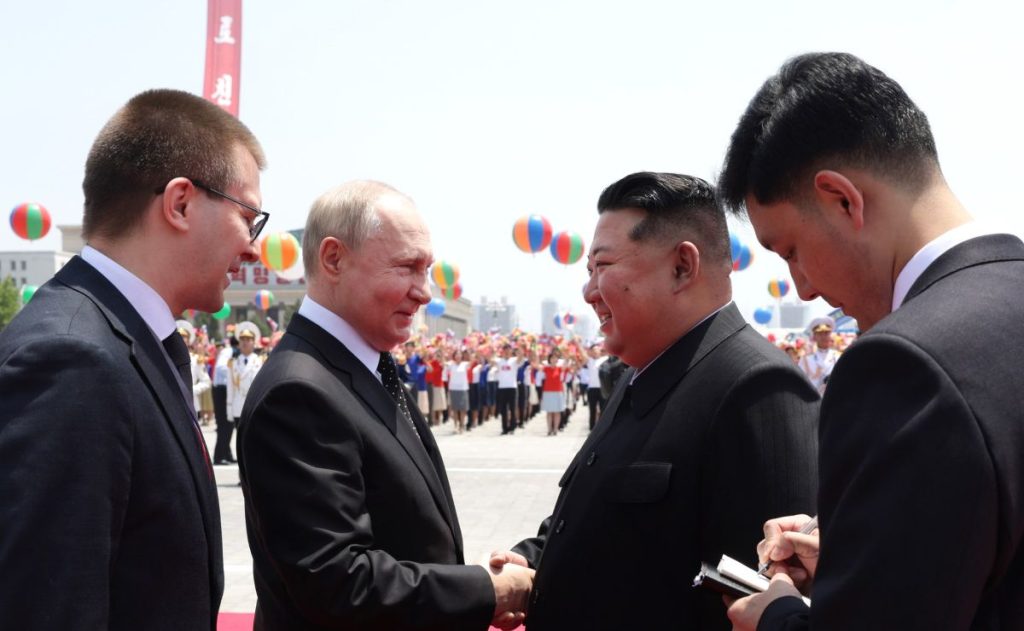
Human rights experts warn the conditions these North Korean workers face will be harsh.
They are reportedly being deployed to Russia’s Far East, an area known for its extreme winters and unforgiving work environments.
Reports suggest they’ll have little freedom and meagre compensation, amounting to modern slavery.
A Repeat of History?
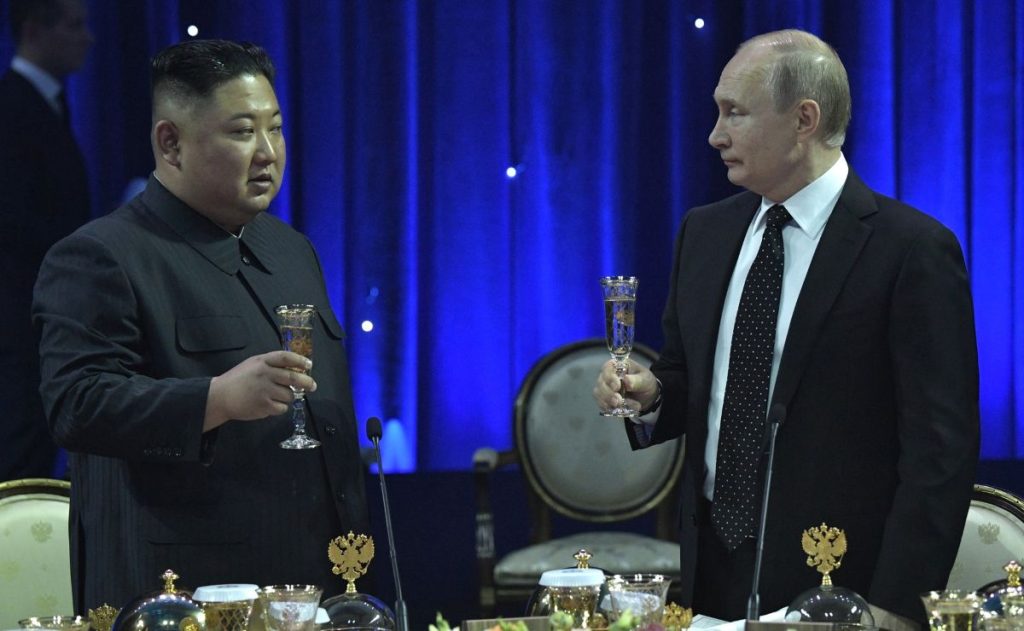
North Korea has long used forced labor abroad as a way to earn hard currency.
In previous years, workers were sent to China and Russia under strict surveillance, with most of their wages going directly to Pyongyang.
This latest wave suggests a return to that exploitative model on an even larger scale.
Comes Amid Heavy Russian Losses
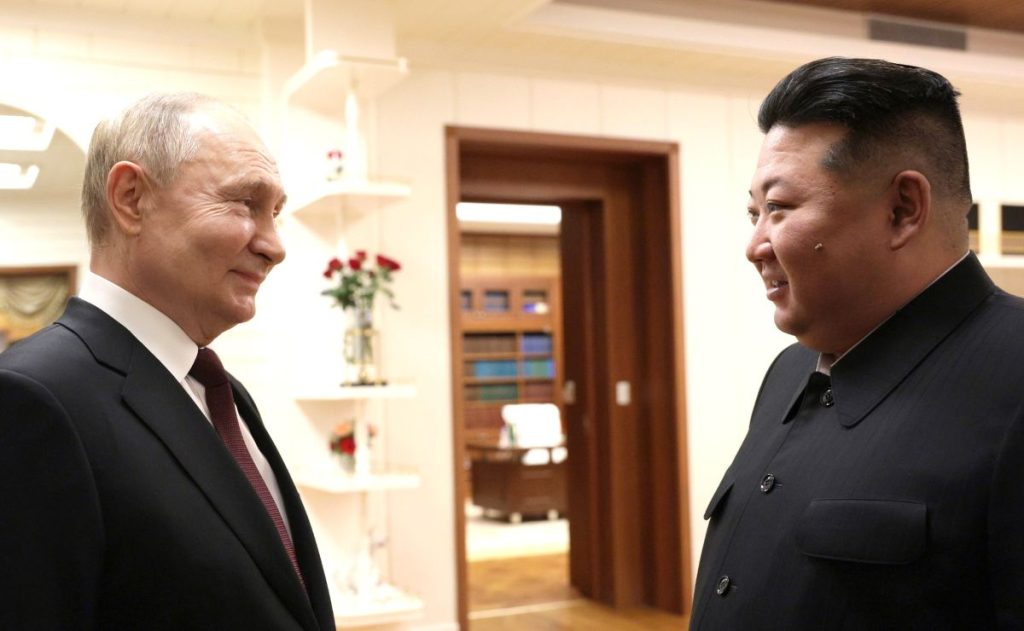
The announcement follows news that over 1,400 Russian soldiers were killed or wounded in a single day in Ukraine.
As battlefield casualties mount and conscription grows increasingly unpopular, Russia is scrambling to find alternative ways to sustain its economy and military infrastructure.
Not Just Laborers, Troops Too
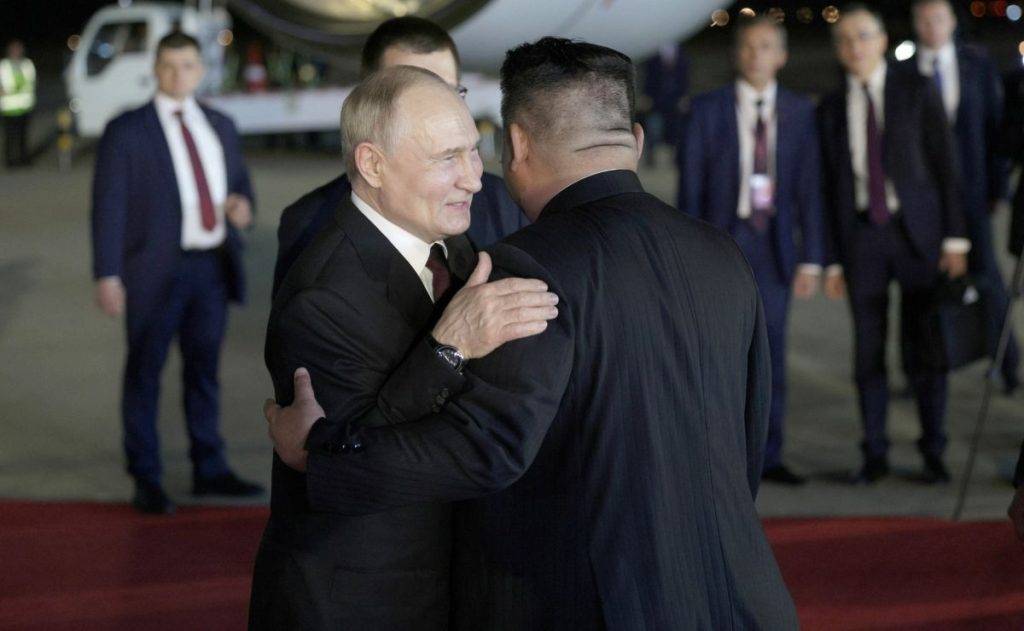
This isn’t Kim’s first contribution to Putin’s war effort. Reports claim he previously sent around 12,000 North Korean troops, including special forces and high-ranking officers, to assist Russian forces in Ukraine.
While largely symbolic, the gesture highlights the deepening military ties between the two regimes.
Ceasefire Rejected as Ukraine Strikes Back

Ukraine recently rejected Putin’s proposed three-day ceasefire, questioning its sincerity and demanding a longer pause to the fighting.
In retaliation, Kyiv launched waves of drone attacks, showing it has little intention of backing down as global attention turns to Moscow.
Russia Tightens Air Defenses
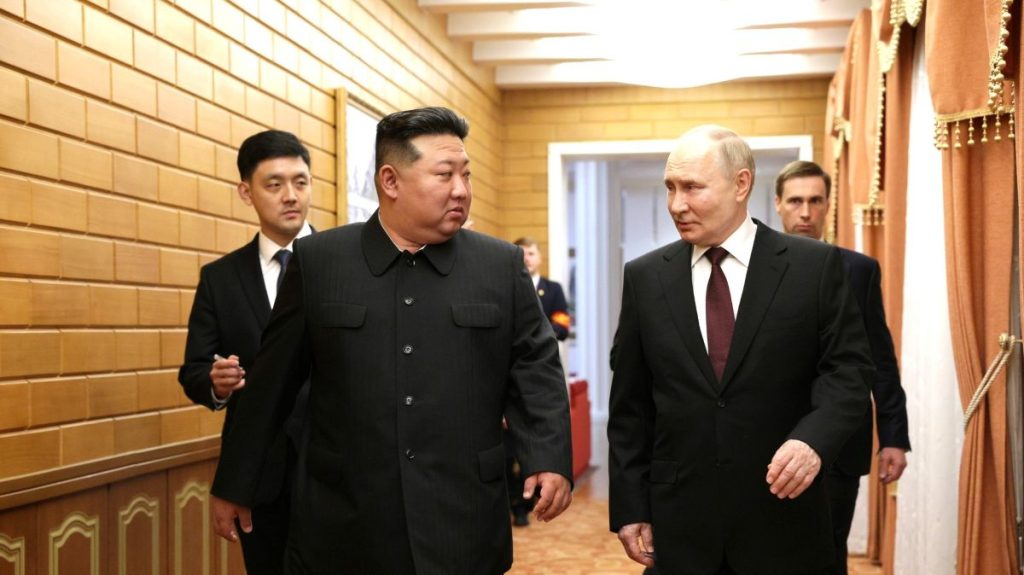
In preparation for its May 9 Victory Day events, Russia has reportedly redeployed air defense systems from front-line areas to protect the capital, further weakening its military posture in Ukraine.
The move suggests the Kremlin is more concerned with optics than battlefield success.
Slavery in All But Name
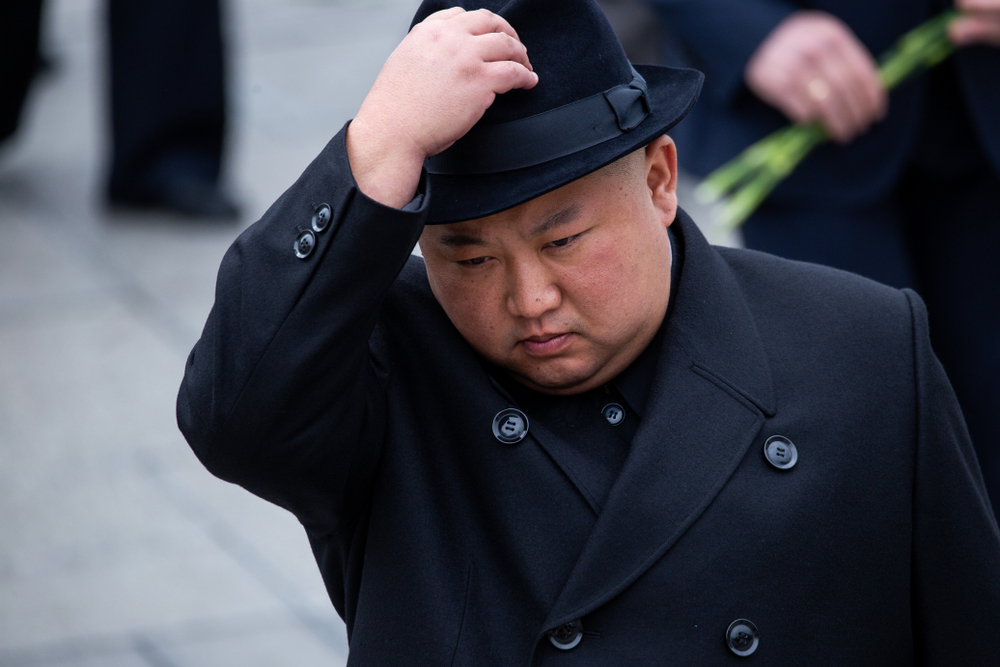
International watchdogs have labelled the use of North Korean labor in Russia as a clear case of state-sponsored human trafficking.
Workers often have no choice in the matter, are kept under surveillance, and see only a fraction of their wages, if any.
The UN Has Condemned These Practices
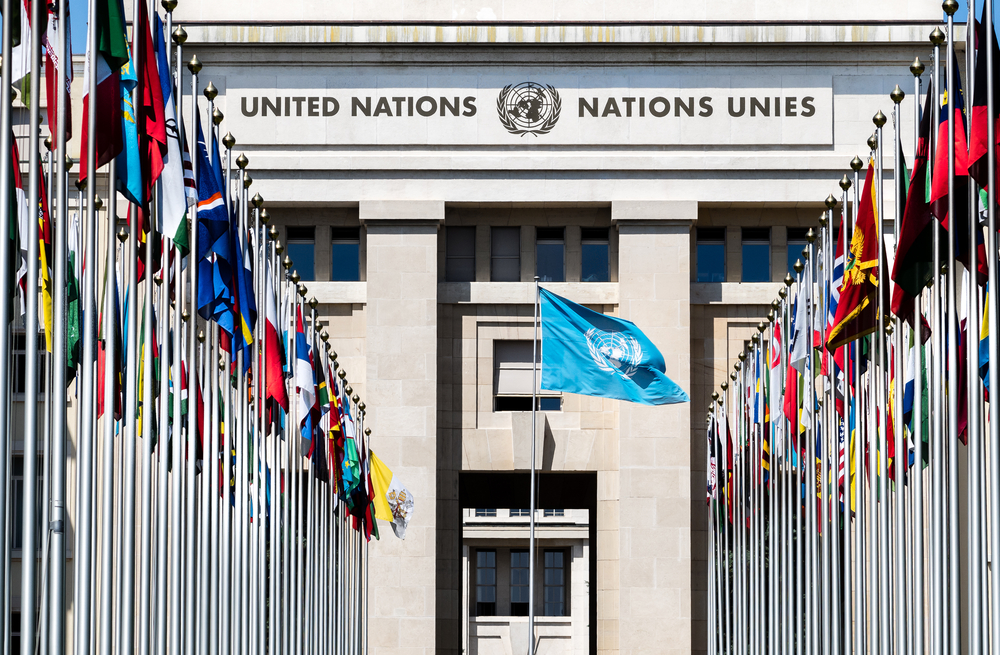
North Korea is under multiple UN sanctions, including a ban on sending workers abroad.
This latest arrangement, if confirmed, would be a violation of international law and could spark renewed calls for sanctions enforcement against both nations.


